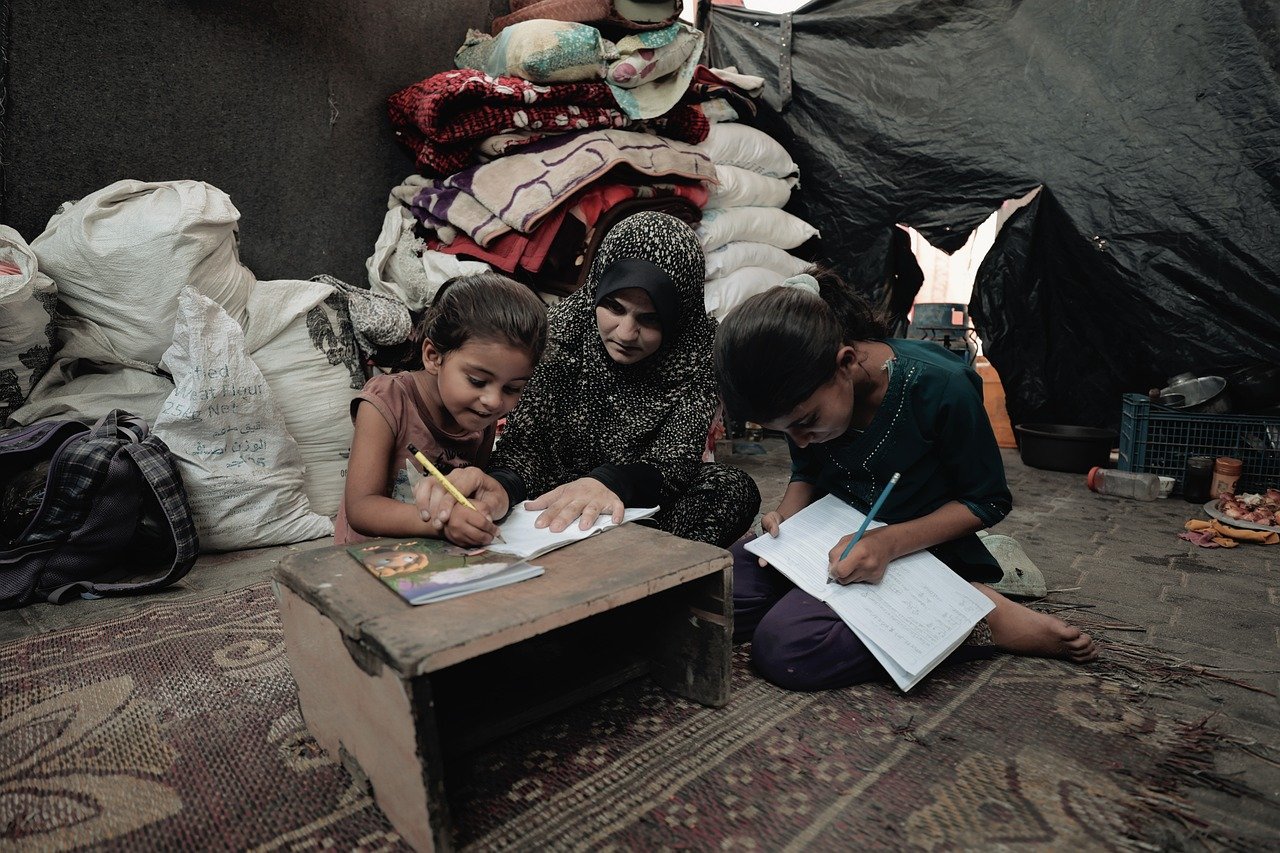The parent-child relationship is the cornerstone of a child’s development, influencing everything from their emotional well-being to their social skills and future successes. Understanding the dynamics of this crucial bond and actively nurturing it is one of the most important investments a parent can make. This article delves into the intricacies of the parent-child relationship, exploring its key components, challenges, and strategies for fostering a healthy and fulfilling connection.
The Significance of a Strong Parent-Child Bond
Foundations of Trust and Security
A secure parent-child relationship provides a safe haven for a child. It’s where they learn to trust, feel valued, and develop a sense of belonging. This security allows them to explore the world with confidence, knowing they have a reliable support system.
- Building Blocks: Trust, safety, and unconditional love are the foundational elements.
- Emotional Regulation: Children learn to manage their emotions by observing and interacting with their parents.
- Example: A child who falls and scrapes their knee will look to their parent for reassurance. A comforting hug and a reassuring word can help the child regulate their fear and pain. Conversely, a dismissive or overly anxious reaction from the parent can exacerbate the child’s distress.
Impact on Social and Emotional Development
The way parents interact with their children directly shapes their social and emotional development. Children observe and internalize their parents’ behaviors, attitudes, and communication styles.
- Social Skills: Children learn how to interact with others, negotiate, and resolve conflicts by watching their parents.
- Emotional Intelligence: They develop the ability to understand and manage their own emotions, as well as empathize with others.
- Example: If parents consistently model respectful communication and conflict resolution, children are more likely to adopt these positive behaviors in their own relationships. Conversely, if children witness frequent arguments and negativity, they may struggle with forming healthy relationships later in life.
Styles of Parenting and Their Effects
Authoritative Parenting: The Gold Standard?
Authoritative parenting is often considered the most effective style. It involves setting clear expectations and boundaries while also being warm, responsive, and supportive.
- Characteristics: High expectations, clear rules, open communication, warmth, and responsiveness.
- Benefits: Children raised with authoritative parenting tend to be more confident, independent, and academically successful. They also exhibit better social skills and emotional regulation.
- Example: Setting a curfew for a teenager and explaining the reasoning behind it, while also being open to discussing exceptions based on specific circumstances.
Other Parenting Styles: A Brief Overview
- Authoritarian: High expectations, strict rules, and little warmth or responsiveness. Can lead to anxious, withdrawn, or rebellious children.
- Permissive: Low expectations, few rules, and high levels of warmth. Can result in children who lack self-discipline and struggle with boundaries.
- Uninvolved: Low expectations, few rules, and little warmth or responsiveness. Can lead to neglected children with poor self-esteem and academic performance.
Finding the Right Balance
No parenting style is perfect, and the best approach often depends on the individual child and family circumstances. The key is to be mindful, responsive, and willing to adapt your approach as your child grows and changes.
Navigating Common Challenges in the Parent-Child Relationship
Discipline and Boundaries
Setting appropriate boundaries and using effective discipline techniques are essential for guiding children’s behavior.
- Positive Discipline: Focus on teaching and guiding, rather than punishing.
- Consistency is Key: Enforce rules consistently to avoid confusion and mixed messages.
- Age-Appropriate Expectations: Adjust your expectations based on your child’s developmental stage.
- Example: Instead of simply yelling “No!” when a toddler grabs a dangerous object, calmly explain why it’s unsafe and offer an alternative toy.
Communication Breakdowns
Miscommunication can lead to misunderstandings and conflict.
- Active Listening: Pay attention to what your child is saying, both verbally and nonverbally.
- Empathy: Try to understand your child’s perspective, even if you don’t agree with it.
- Open Dialogue: Create a safe space where your child feels comfortable sharing their thoughts and feelings.
- Example: When a teenager says, “You don’t understand me!” resist the urge to become defensive. Instead, try saying, “Help me understand. What are you feeling right now?”
Addressing Sibling Rivalry
Sibling rivalry is a common challenge that can strain the parent-child relationship.
- Fairness vs. Equality: Treat each child fairly, but not necessarily equally. Recognize that each child has unique needs and personalities.
- Avoid Comparisons: Refrain from comparing siblings to each other, as this can fuel resentment.
- Encourage Cooperation: Create opportunities for siblings to work together and build positive relationships.
- Example: Instead of intervening in every sibling squabble, encourage them to try to resolve the issue themselves. Offer guidance and support if needed, but avoid taking sides.
Fostering a Healthy and Fulfilling Relationship
Quality Time and Connection
Spending quality time with your child is crucial for building a strong bond.
- Dedicated Time: Schedule regular one-on-one time with each child.
- Shared Activities: Engage in activities that you both enjoy.
- Unplug and Connect: Put away your phones and other distractions when spending time with your child.
- Example: Having a weekly “date night” with each child, where you do something special together like going to the park, baking cookies, or reading a book.
Unconditional Love and Acceptance
Let your child know that you love and accept them for who they are, regardless of their achievements or mistakes.
- Verbal Affirmations: Tell your child that you love them and are proud of them.
- Physical Affection: Show your love through hugs, kisses, and other forms of physical touch.
- Focus on Strengths: Acknowledge and celebrate your child’s unique talents and abilities.
- Example: Even when your child makes a mistake, reassure them that you still love them and that everyone makes mistakes. Focus on helping them learn from the experience.
Modeling Positive Behaviors
Children learn by observing their parents, so it’s important to model the behaviors you want to see in them.
- Respectful Communication: Use respectful language and listen attentively to others.
- Emotional Regulation: Manage your own emotions in a healthy way.
- Healthy Habits: Practice healthy eating, exercise, and sleep habits.
- Example: If you want your child to be respectful of others, treat everyone with respect, including your spouse, family members, and strangers.
Conclusion
The parent-child relationship is a dynamic and ever-evolving journey. While challenges are inevitable, a conscious effort to foster trust, security, and open communication can create a strong and fulfilling bond that benefits both parent and child. By understanding the principles of effective parenting and adapting them to your individual family dynamics, you can lay the foundation for a lifetime of love, support, and connection.



